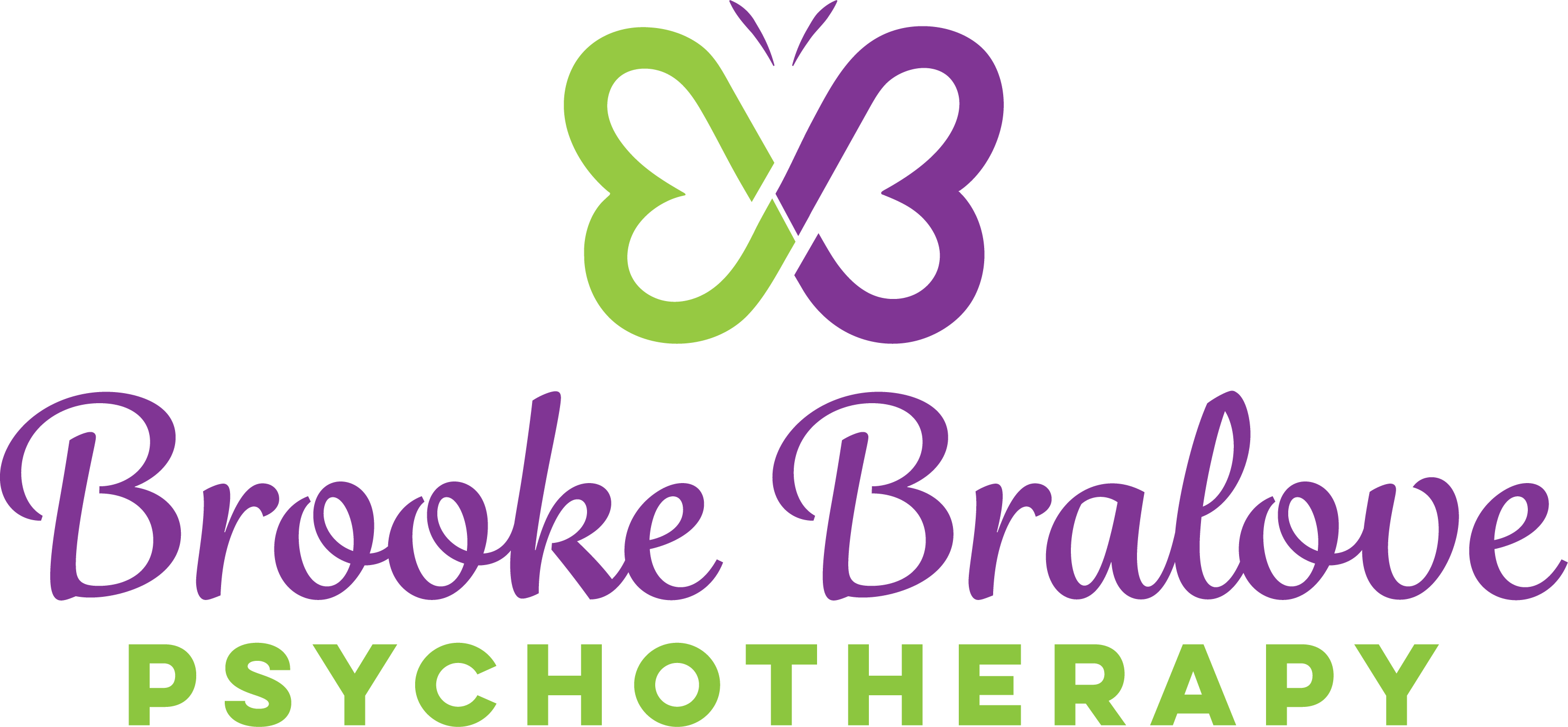What if Therapy Clients Don’t Need to Cry?
As a therapist for the past 25 years, I used to hold the belief that true healing for a client absolutely required weeping, crying, or sobbing at some point in the therapeutic journey. And I doubt I’m alone. It often felt like one of the unspoken goals of long-term psychotherapy was to make it safe enough in the room so that the client could, for all intents and purposes, “break down” and feel ALL their feelings. I recall many times during supervision lamenting to my supervisor that I was frustrated that a particular client just couldn’t let go enough to actually shed tears.
 Especially with male clients, I found myself trying to be that one person in their life that didn’t judge them, saw them for who they truly were, and could make it safe enough for them to be completely vulnerable and cry. I even remember going home to my ex-husband years ago, and when he asked about my day, I responded, “It was a great day. I finally made Client X cry!” I remember the funny way he looked at me at the time, as I imagined that his day’s success was based on something quite different and had something to do with numbers or revenue.
Especially with male clients, I found myself trying to be that one person in their life that didn’t judge them, saw them for who they truly were, and could make it safe enough for them to be completely vulnerable and cry. I even remember going home to my ex-husband years ago, and when he asked about my day, I responded, “It was a great day. I finally made Client X cry!” I remember the funny way he looked at me at the time, as I imagined that his day’s success was based on something quite different and had something to do with numbers or revenue.
So, why are we therapists always trying to help clients emote, and are there other ways to achieve true catharsis? First, I want to start by saying that I love long-term talk therapy. I’ve been doing it a long time, and I truly believe in the power of how relationships heal people. It’s true that we do actually need others to help us grow and change. And it’s been my absolute honor to help clients heal from all kinds of mental health struggles, depression, trauma, grief and more.
Second, there are many people who have no access to feelings and walk around numb, checked out, dissociated, and joyless. Some folks can feel a lot of one feeling but have blocked another (i.e. most women have been socialized to block anger and only express sadness). For these folks, I completely support helping them learn about, accept, name, and actually experience the sensations of how emotions show up in their bodies.
But for many people, the last thing they need to do is to experience painful feelings over and over again, week after week with no emotional regulation. Specifically for trauma survivors, what if they didn’t have to sit there and feel ALL their feelings to get better? What if they could actually have a neutral, pleasant, and even playful experience that provided rapid and permanent change?
In 2017, I went through a terrible breakup which felt even worse than my divorce. For some reason, all the usual coping mechanisms I’d developed just weren’t working. I could not move on from the breakup and felt stuck. I doubled up my talk therapy, tried several other modalities, and was feeling pretty hopeless. One day another practitioner recommended Accelerated Resolution Therapy (ART), which was explained to me as being similar to EMDR. I scheduled an appointment right away, and what I soon discovered was that ART was unlike any modality I had used personally or professionally.
So, what is ART? ART is an evidence-based treatment modality that uses rapid eye movement and voluntary image replacement to change the way the brain stores distressing images and memories so that they no longer trigger strong physical and emotional reactions. ART usually only requires 1-5 sessions, with single incident trauma likely resolving in a single session.
So what makes ART so unique? The first difference I noticed with ART is that I really didn’t need to give details about why I was there. The therapist had me share a cliff notes version of what I wanted to work on and how I wanted to feel after the treatment. Next, I was shocked at how few negative emotions I had to actually experience during the session. There were really only a few minutes of distress before I could purposefully choose to replace the negative “scene” with a more positive one. Although I couldn’t change the fact of the break-up, I could rescript it in a way that left me feeling empowered and free. (The scene I created MAY have involved me dumping the ex and driving off into the sunset with Brad Pitt in an old Mustang).
After only two sessions, the heartache and daily crying that I had been experiencing for over 3 months vanished. I could talk about the facts of the break-up with no negative emotion, and I felt so distant from the pain of the entire ordeal. Wait, where was all the cathartic sobbing in the therapy office?
As an ART Practitioner for the past 7 years, I have witnessed more healing than I could possibly imagine in as few as one single 60 to 90-minute session. From healing complex childhood trauma, lifelong depression, debilitating OCD, social anxiety, survivor’s guilt, performance anxiety, sexual assault, combat trauma, fear of flying, to erasing six years of pelvic pain by healing childhood physical abuse and neglect, ART works.
We have the science to back up why these brain-based therapies work, but what matters more than anything is that it doesn’t require years of crying to truly transform one’s life. Yes, some ART sessions involve crying when the client is imagining their trauma for the initial step, but the majority of tears I witness stem from relief and joy when the client has finally resolved the memory in a way they feel good about.
In February, I attended a 3-day training in The Cortina Method© (TCM), a brain-based healing modality that optimizes the brain to achieve high performance and mental wellness from trauma and PTSD in a single session. Again, no coming back week after week, building rapport, developing a therapeutic alliance, and helping people access once-forbidden feelings. To say the least I was skeptical.
About halfway through the training, we clinicians broke up into smaller groups to practice TCM on each other. I volunteered to be the “Guest,” as TCM doesn’t like to use terms like client or patient. The creator of TCM, Michael Cortina, believes practitioners are there to serve the guest and make sure they are 100% satisfied with the results, like any service industry. I chose to work on some “little t” trauma from childhood that I had literally been working on for 40 years. Other types of therapy had definitely helped me understand the trauma, grieve it, intellectually understand that it wasn’t my fault, yada yada. But over the last 5 years, I had been managing a newly diagnosed chronic illness, and I couldn’t help but think that the debilitating back and joint pain partially stemmed from some chronic fear and anxiety I had experienced as a kid.
The TCM session was strange…I didn’t do a lot of talking, and in fact, the practitioner did 90% of the talking! We did a combination of talking, visualization, breathwork, sounds, and movement. I laughed through parts, thought parts were “weird,” and only shed tears for about 1 minute during the entire 90 minute visit. But the proof was there. Sure enough, toward the very end of the session, I noticed that all of my low back pain was gone. It literally vanished. I could actually put my hands flat on the floor in a fold over position with zero pain. I hadn’t felt that kind of relief in over 4 years since my initial diagnosis. I felt lighter, brighter, more hopeful, and frankly incredibly humbled and grateful.
Could I have been wrong about the need for sobbing and constant processing of negative emotions in therapy all along? Well, not entirely. I will always think of talk therapy as my first love—it has taught me a lot, and I will continue to practice it . The healing from telling our stories is real and important. But honestly, both personally and professionally, I am now a firm believer in rapid, non-retraumatizing treatment for trauma resolution. Survivors should be encouraged to seek out these brain and body-based treatments to prevent the suffering they often experience re-telling and re-living their traumas. Perhaps all that talking isn’t the only path to true catharsis. Perhaps all that sobbing isn’t required after all.


